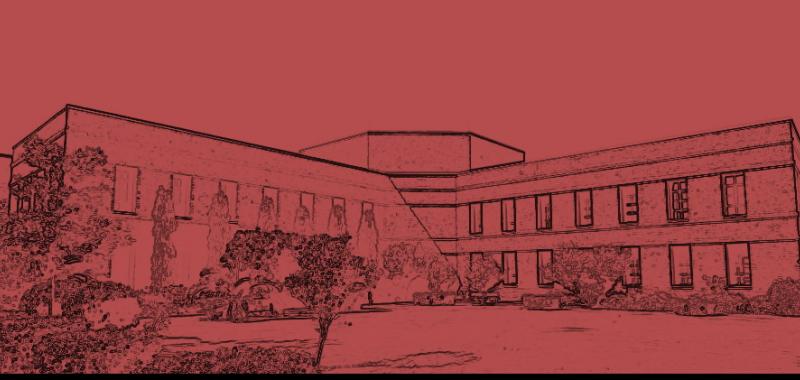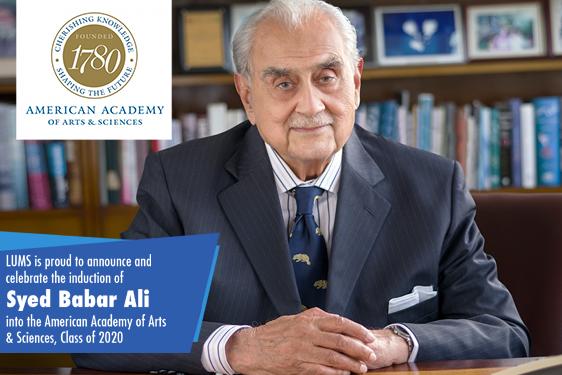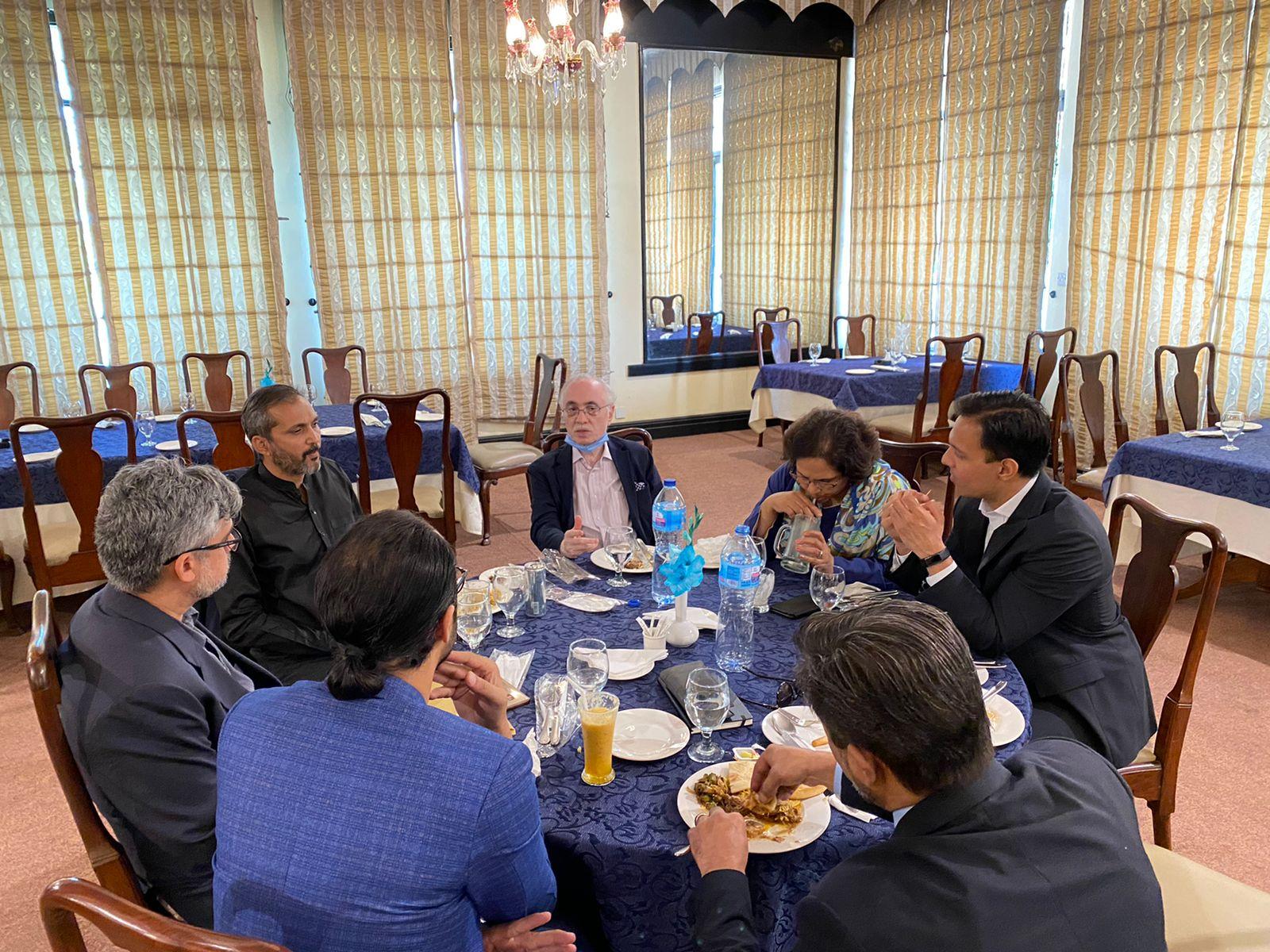
In line with its aim of promoting regional languages and literature and encouraging students to write and read, the Gurmani Centre for Languages and Literature organises various activities at diverse platforms. To preserve and encourage literature in Urdu, the Centre publishes Bunyād, and the latest issue of this journal, Bunyād (Volume 9, 2018) is out now. This research journal of Urdu studies, recognised in category ‘Y’ by the Higher Education Commission (HEC), is published annually by the Centre. The new volume, comprising 399 pages, includes eighteen articles on a range of themes.
In this issue, Muhammad Ikram Chughtai writes about Qissa-i Mansur of Ahmad Ali Shivrajpuri while Najeeba Arif explores Tazkira-i-Shu‘ara-i Lucknow which is a manuscript of the 19th century, a collection of biographical notes in Urdu about the Urdu poets of Lucknow. Sajid Siddique Nizami talks about an old sample of Rekhta in Punjab (in the 18th century) which explores linguistic and literary development centres of Urdu prose and poetry. The article includes the first ever representation of the original form of the text of, and a linguistic study of, ghazals written in Punjab in the 18th century. Rauf Parekh introduces two lexicons of Urdu idioms in the 19th century that explore the textual validity of two Urdu lexicons with a focus on idioms, dialect, proverb, adage, and slangs. Tariq Mehmood Hashmi writes on the Urdu language, tradition, and linguistic imperialism. The article brings into focus the socio-imperialistic aspect of the Urdu language and what instigates the origin of words and the meanings embedded in them.
Zaheer Abbas’s article explores the metamorphosis in Urdu stories from a psychological viewpoint. Asmat Durrani highlights the importance of the monthly, Al Aziz which was an important literary source of the Bahawalpur State. The monthly had a significant contribution in promoting Urdu literature in the region. Zahid Munir Aamer writes about the place of death and the tomb of Shahab al-Din Ghauri, a prominent ruler of the Ghauri dynasty. Saadat Saeed discusses Iqbal’s lectures in light of discussions on human psychology and philosophy by Sigmund Freud and C. G. Jung. Muhammad Asif has penned a brilliant article on Aziz Ahmad’s analysis of Iqbal’s views on the role of women in a Muslim society. Muhammad Rasheed Arshad gives a philosophical analysis of Chhalni ki Piyas by Muhib Arifi—the title stands as a unique metaphor and is an assimilation of highest philosophical meaningfulness and immense sensibility at the same time.
Khadim Hussain Rai provides a thematic and linguistic analysis of Dr. Tabassum Kashmiri’s poetry, particularly highlighting stylistics, an important sub-discipline of linguistics that deals with syntax, lexical, phonetics, and semantics. Muhammad Naveed Azhar explores the concepts of what is real and what is an illusion with respect to Urdu ghazal. Muhammad Hamza Farooqi studies letters written by different scholars to Syed Raif Ahmed Jafri, thereby bringing to light Jafri’s academic interest as well as important facts about the time in which he was active. Similarly, Muhammad Arshad explores the life of Dr. Muhammad Hamidullah through 55 unpublished letters and reflects on his life and scholarly activities.
Muhammad Salman Riaz discusses the complexities of linguistic research on translation studies and their functionalist solution. Rafaqat Ali Shahid writes about terms of research and editing manuscripts where he gives a breakdown of the concept of ‘draft’ in Urdu literature. Zaahid Hassan and Zaheer Hassan Wattoo review the importance of novel writing in Punjabi. Their article elaborates on the Punjabi novel’s thematic, structural, and literary evolution.
This issue of the journal was edited by Moeen Nizami with Zeeshan Danish as its Managing Editor.
To read the full issue click here.







